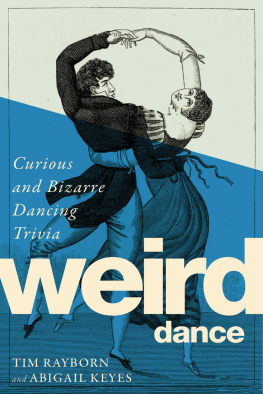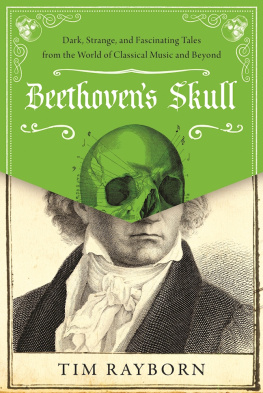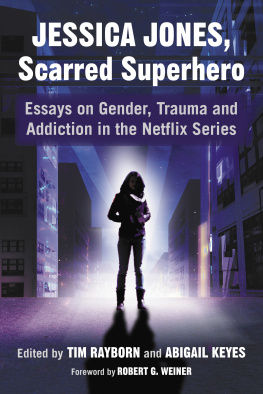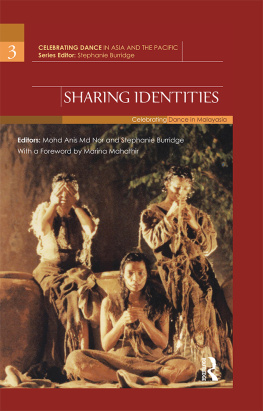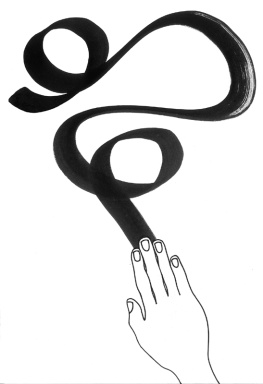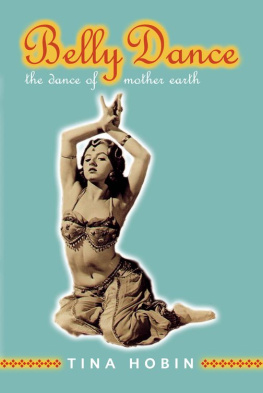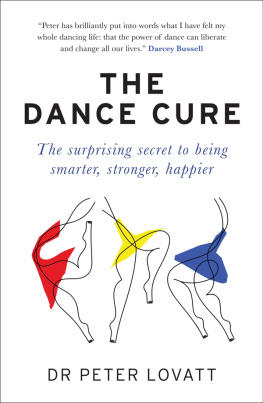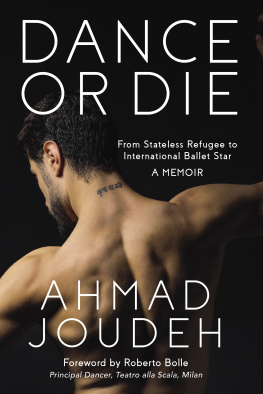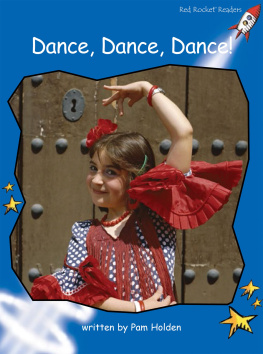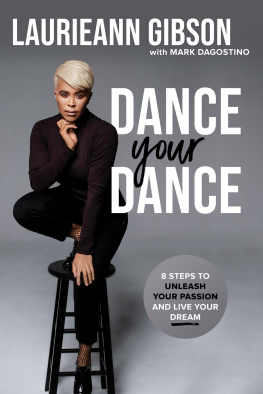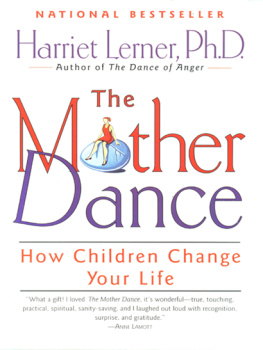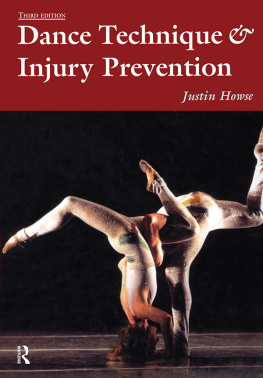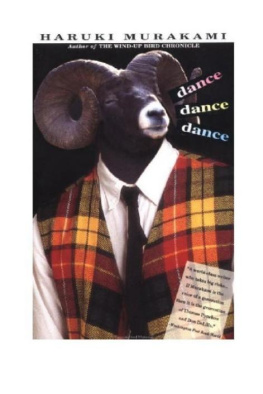
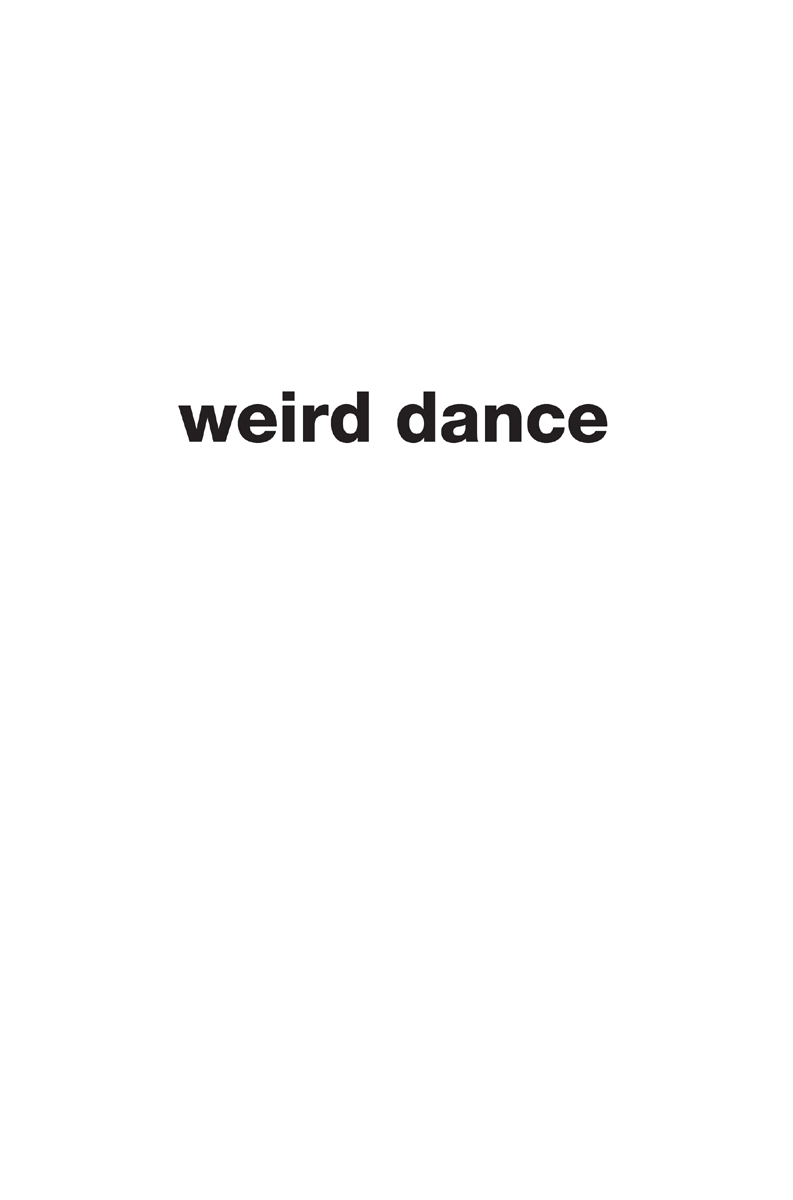

Copyright 2018 by Tim Rayborn and Abigail Keyes
All rights reserved. No part of this book may be reproduced in any manner without the express written consent of the publisher, except in the case of brief excerpts in critical reviews or articles. All inquiries should be addressed to Skyhorse Publishing, 307 West 36th Street, 11th Floor, New York, NY 10018.
Skyhorse Publishing books may be purchased in bulk at special discounts for sales promotion, corporate gifts, fund-raising, or educational purposes. Special editions can also be created to specifications. For details, contact the Special Sales Department, Skyhorse Publishing, 307 West 36th Street, 11th Floor, New York, NY 10018 or .
Skyhorse and Skyhorse Publishing are registered trademarks of Skyhorse Publishing, Inc., a Delaware corporation.
Visit our website at www.skyhorsepublishing.com .
10 9 8 7 6 5 4 3 2 1
Library of Congress Cataloging-in-Publication Data is available on file.
Cover design by Rain Saukas
Print ISBN: 978-1-5107-3104-2
Ebook ISBN: 978-1-5107-3105-9
Printed in the United States of America
contents

introduction

The Grim and the Unusual in the History of Western Dance
d ance like nobodys watching... except that when no one is watching, some pretty terrible things can happen. Honestly, even when people are watching, awfulness can ensue. And the more awful, the more we are entertained. Everyone loves to hear about a shocking story, a lurid account of misfortune, betrayal, murder, and/or scandal. And as this book reveals, quite a few of these kinds of stories can be found in the world of dance.
Were all familiar with some kinds of dancing. Almost everyone has danced, or tried to dance, at some point in their lives. Some are very good at it; some would be better off taking up another hobby. Some love it, others are too self-conscious to give it much of a go, especially in front of others (back to that nobodys watching thing again). Dance has long been a controversial form of artistic expression, both condoned and condemned (sometimes simultaneously) at various points in history. The very act of dancing is liberating to some and threatening to others. Moralists throughout time have decried movement to music, expressing horror that this might lead to other more forbiddenand even more enjoyablepleasures. That there is an inherently sexual aspect to many dances is beyond doubt, which has led to countless efforts to control or ban them altogether, almost always without success. One might think that would-be censors would have learned after all this time and given up, but no, each new generation seems to bring with it a new crop of folks eager to define art in their own narrow terms. Happily, each new generation of artists has a tendency to resist being told what to do and flips off said establishment. Artists are kind of scrappy that way, and thats a good thing.
Despite such objections from the narrow-minded, dancing has always been popular with both participants and those who prefer not to indulge (or maybe not to embarrass themselves), but would rather watch. Much of the artistic dance of the last several centuries falls into this latter category, with genres such as ballet, modern, and jazz being performed by highly trained specialists for the entertainment of spectators, much like symphony orchestras and plays. Many also enjoy learning these styles for their own betterment, and thats a wonderful thing. However, with that wonder comes a huge array of the odd, the unexpected, the dangerous, and the flat-out horrific.
In this book we will explore the strange, the unusual, the disturbing, and the appalling in Western dance, from the view of both dancers and those who watch them. This art form, which can be so compelling and beautiful, has a surprising number of shocking stories behind the scenes. is a caper through history, looking at everything from prehistoric possibilities to Egyptian dwarfs, from Greco-Roman Bacchanals to the very conflicted medieval period. We see dance come into its own in Renaissance royal courts and witness the birth of ballet during the reign of the Sun King in the seventeenth-century. Other forms of dance (such as the scandalous waltz) caused a lot of controversy during the nineteenth century, and the twentieth century witnessed revolutions in style and form that changed the way we think about dancing.
is a delightfully deranged miscellany of dance stories and snippets. We look at the bizarre (and still unexplained) dancing plagues that flared up periodically in the Middle Ages and Renaissance, the use of dance as a medical treatment, and the ominous Dance of Death that haunted the minds of people during the later medieval period. From there, the book peers into the awful and bloody world of ballet to show the grim behind the grace, peruses the pages of some long-winded (and frequently unintentionally funny) anti-dance books, and examines the buffet of superstitions that dancers indulge in to ensure stellar performances and other favorable outcomes. Well see that dancing in folklore takes a deadly turn, and speaking of deadly, what would a book like this be without some good ghost stories? A few random oddities and the whole Salome craze complete the picture and leave the reader with an altered (and maybe warped) view of this fascinating art.
The names of many of this cast of characters might be unfamiliar to you. Youve probably heard of the infamous Mata Hari (and what a story she had!), but beyond that, you may be dancing in the dark. Youve undoubtedly seen The Nutcracker, but are you aware of its more sinister origins? You loved the story of Snow White as a child, but in the original, dancing played a decidedly deadly and awful role in the storys finale.
Herein you will meet Will Kempe, the famous clown in Shakespeares acting company, who once Morris-danced all the way from London to Norwich (over one hundred miles) in only nine days, undoubtedly on sore feet. A few decades later, in seventeenth-century Spain, there were dance-offs to settle disputes. Now theres a new TV reality show idea! Speaking of reality shows, modern dancer Isadora Duncans whole life was one eccentric performance and tragedy after another, right up to her horrible and rather ridiculous death. Then there is poor Emma Livry, a promising young nineteenth-century ballerina whose career went up in smoke, literally. And if youve had the misfortune to be bitten by a venomous spider in old-world Italy, the only way to save yourself is to engage in a frenzied dance to work the toxin out of your system; musicians are standing by to help.
This book presents you with a waltz of the weird, a galliard of the gruesome, a pas de bourre of the peculiar. Here are tales of dancers, choreographers, audiences, and patrons, ballets, dancing styles and schools, controversies, fights, riots, deaths, and much more, from the frightening to the funny, from the awful to the amazing. You dont need to have a background in dance or dance history to delve in to these accounts, just pick a topic anywhere and immerse yourself for a few minutes or an hour in this strange and unsettling world.
Next page
